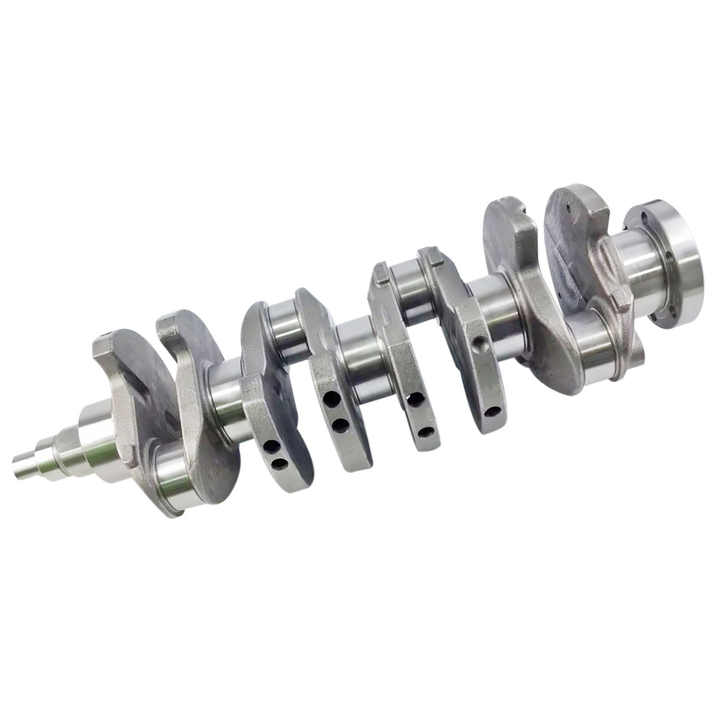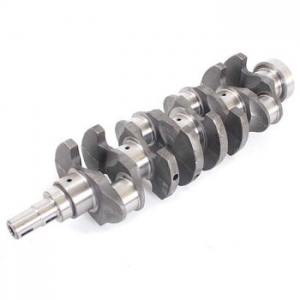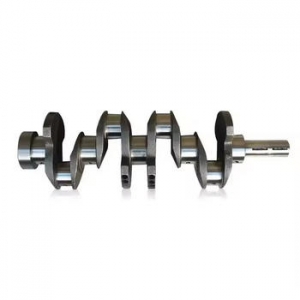Evolution of Crankshaft Design
Crankshaft technology has come a long way since its inception. Traditional crankshaft designs have been continuously optimized to reduce weight, improve fatigue strength, and minimize friction losses. The latest trends in crankshaft design involve the use of advanced engineering techniques such as finite element analysis (FEA) and computational fluid dynamics (CFD) to develop more efficient and reliable crankshafts.
Innovative Materials and Manufacturing Processes
The future of crankshaft technology lies in the adoption of cutting-edge materials and manufacturing processes. Lightweight materials like titanium alloys and high-strength steel are being used to create lighter, stronger, and more durable crankshafts. Additionally, advanced manufacturing techniques such as 3D printing and forging processes are enabling the production of complex crankshaft geometries that were previously unattainable.
Integration of Sensors and Monitoring Systems
As the automotive industry moves towards connected and autonomous vehicles, there is an increased demand for real-time monitoring and diagnostic capabilities. Modern crankshafts are being equipped with built-in sensors to monitor critical parameters such as vibrations, stress, and temperature. This data can be used to predict potential failures, schedule maintenance, and improve overall engine performance.
The Role of Crankshafts in Electrification and Hybridization
The shift towards electrification and hybridization is having a significant impact on crankshaft technology. Electric and hybrid vehicles require unique crankshaft designs to accommodate the integration of electric motors and other components. Moreover, crankshafts in these vehicles must be optimized for reduced noise, vibration, and harshness (NVH) levels, as well as improved efficiency and power density.
Sustainable and Eco-friendly Solutions
The automotive industry is increasingly focusing on sustainability and reducing its environmental footprint. This trend is driving the development of eco-friendly crankshaft solutions, such as the use of recycled materials and energy-efficient manufacturing processes. By adopting these practices, manufacturers can minimize waste, reduce emissions, and promote a more sustainable future for automotive engines.
Conclusion
The future of crankshaft technology is marked by continuous innovation and advancements in design, materials, and manufacturing processes. As the automotive industry evolves, crankshafts will play a crucial role in enhancing engine performance, reducing emissions, and improving overall vehicle efficiency. By staying abreast of these trends and investing in cutting-edge research and development, manufacturers can ensure they remain at the forefront of crankshaft technology and contribute to a more sustainable and efficient automotive future.




